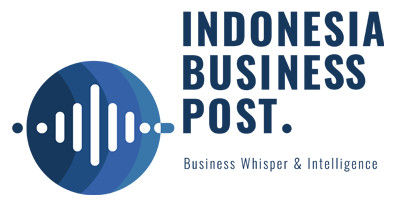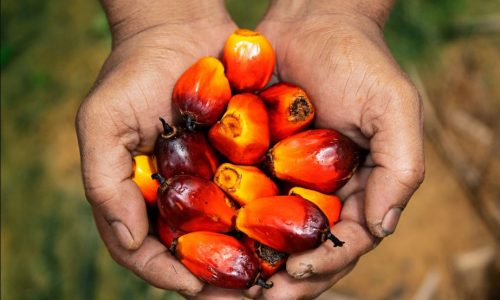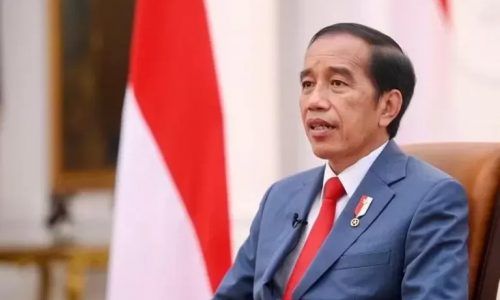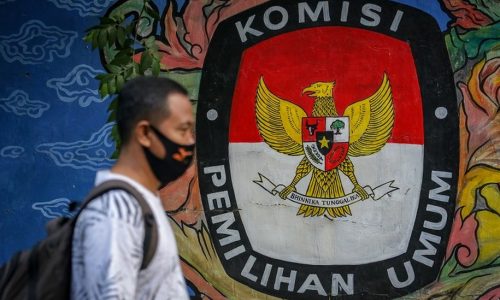A member of the National Commission on Violence Against Women (Komnas Perempuan) Veryanto Sitohang revealed that women journalists face a high risk of experiencing gender-based violence while carrying out their journalistic duties.
An example of such violence pertains to a case involving the sexual harassment faced by a female journalist while covering a national work meeting of one of the political parties in Jakarta in February this year.
This is in line with several research which identify cases of gender-based violence experienced by Indonesian women journalists.
For example, the research conducted between August and October 2021 by Pemantau Regulasi dan Regulator Media (PR2 Media), through a survey involving 1,256 respondents and interviews with six informants of women journalists from 191 cities in Indonesia.
This survey included 25 questions about the respondents’ violence experiences related to their work in the digital and physical world. The forms of violence asked in the survey cover all forms of violence, including various policies and practices of discrimination for women journalists in the workplace related to salaries, reporting assignments, and so on, which included in the physical domain.
The research discovered that as many as 1,077 respondents (85.7 percent) had experienced violence during their journalistic career. Out of the total respondents, as many as 70.1 percent had experienced violence in the digital domain, as well as in the physical domain; 7.9 percent had experienced only violence in the digital domain (online); and 7.8 percent had experienced only violence in the physical domain (offline). Only 14.3 percent had never experienced any form of violence at all.
Of all forms of violence in the digital and physical domains, the research investigated that the form most commonly experienced was offline body-shaming comments (59 percent), followed by online disturbing/harassing comments of a nonsexual nature (48 percent), online body-shaming comments (45 percent), offline threats or harassment of a sexual nature (40 percent), offline nonsexual threats or harrasment (37 percent), online disturbing/harassing comments of a sexual nature (34 percent), gender discrimination at work (32 percent), online misinformation/defamation (18 percent), online abuse related to ethnicity/religion/race (22 percent), and physical assaults of a sexual nature (22 percent).
Although the survey data do not show a strong relationship between the acts of violence and the topic of the journalists’ reporting, interviews reveal that women journalists are more vulnerable to violence when covering issues considered risky, such as gender and sexuality, and the environment. The latter topic is in line with the statement by the Committee to Protect Journalists, which classifies environmental investigations in developing countries as dangerous, second only to reporting on armed conflicts.
Discrimination against women journalists
According to the Alliance of Independent Journalists (AJI) the number of women journalists in Indonesia is much lower compared to male journalists with a ratio of 1:3 to 1:4. This comparison makes women journalists vulnerable to gender discrimination.
Based on a study from Jurnal Komunikasi Islam, the form of discrimination that afflicts women journalists is in the form of status or position in the workplace, where including inequal wages or salaries. Women journalists often earn far below their male counterparts.
There is also discrimination in the form of opportunities or rights of women journalists related to menstrual and maternity leave. Media companies are still not aware of menstrual leave and does not acknowledge three months maternity leave.
In addition, the study found that female journalists also received harassment not only from their co-workers but also from sources. Such harassment includes cat calling, and even making improper physical contact after women journalists finish reporting.
Harassment does not only occur directly but also through the digital realm. In addition, the Chair of the Advocacy Division of AJI Erick Tanjung stated that 25 out of 34 women journalist respondents claimed that they had experienced sexual violence.
Needs for adequate legal and non-legal actions
Violence against journalists, especially female journalists continue to occur and at often times failed to be responded by adequate legal and non-legal actions. Consequently, more significant efforts are necessary to address this issue.
Moreover, there are no regulations that particularly protect the existence and guarantee the sustainability of digital and alternative journalism against political power. Since 1999, Indonesia has had a press pro-government mainstream media, not alternatives. Initiatives to revise this law were not well received by the mainstream press and media activists, who are worried the results will actually worsen press freedom.
Related to gender-based violence, the protection of women journalists while doing their job became an important agenda of media companies under the supervision of the Press Council, Veryanto Sitohang added. This is especially important given that Indonesia has Law No. 12/2022 on Sexual Violence Crime.
It is hoped that the Press Council will issue the Sexual Violence Reporting Guideline quickly, including for sexual violence prevention and handling, and protection for women journalists.










